Current Research Areas
We combine evolutionary, molecular, and structural approaches to understand past, present, and future viral transmissions. Our research questions span a range of timescales, from processes that unfold across millions of years of virus-host co-evolution to those that occur in days or weeks within an infected individual or host cell.
Evolution of humoral immunity
Adaptive immunity is an evolved trait. Individual B cells evolve their B cell receptors to bind antigens more tightly in a process termed affinity maturation. The secreted versions of these receptors, antibodies, mediate humoral immunity. Antibodies can directly interfere with cell-entry and/or mark viruses and cells for destruction by other arms of the immune system. We study how B cells affinity mature, how convergent evolution among B cells produces antibodies that engage common sites and how these processes drive viral evolution.
Barriers to cross-species transmission
What governs whether a virus from one species can transmit to another? Immunity and whether the virus can utilize essential host factors govern cross-species transmission, adaption, and emergence of novel pathogens. We are interested in characterizing antibodies that impart protection against pre-pandemic viruses, defining the ways in species have evolved to resist emerging pathogens and tracing the evolutionary origins of those adaptations.
Endogenous retroviruses
Viral sequences make up Approximately 8% of the human genome. Most are from retroviruses. These endogenous retroviruses are molecular fossils of ancient infections. In humans, no single locus can produce an infectious virus and most no longer encode a single functional protein. In rare instances, coding sequences have been preserved and the proteins and have been adapted to perform host functions. Viral glycoproteins drive the cell-cell fusion events that form the placental syncytiotrophoblast. Others have been preserved and have unknown functions. What do they do, how do they impact health and what can they teach us about ancient and modern viruses?


